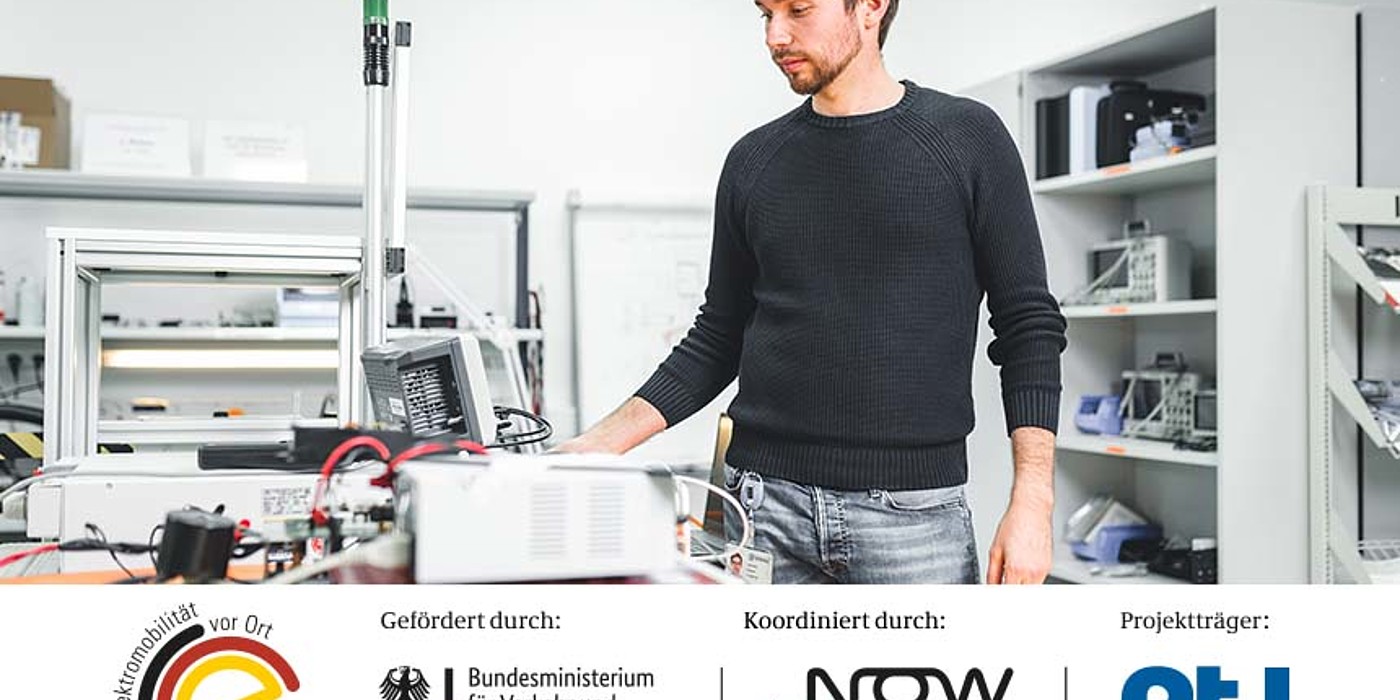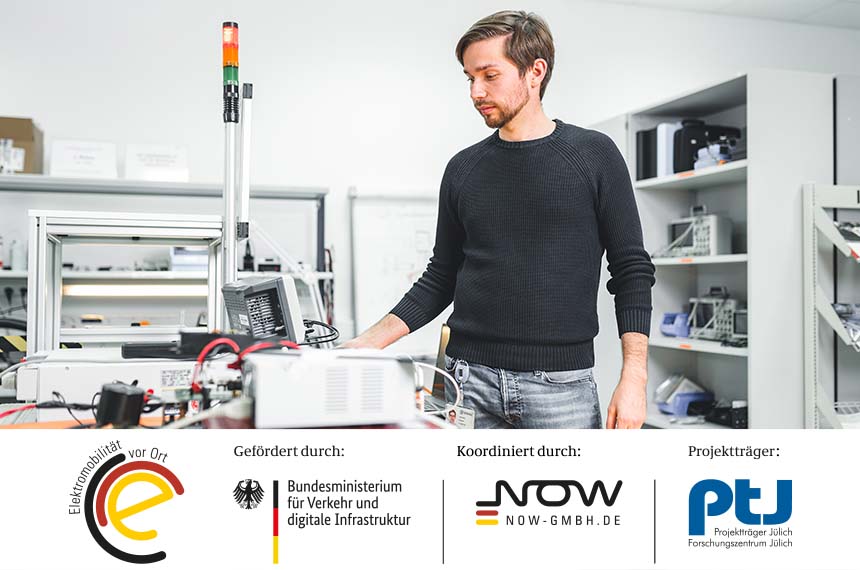Charging sockets covered with snow, dirty charging cables and the need to search for a suitable charging station. People are still very wary of eMobility. The various market players have therefore been accelerating their research and development activities in recent years. Within the context of the "Lane Charge" research project, EDAG, the world's largest independent engineering service provider in the automotive industry, has developed and applied for a patent on a process for the inductive charging of electric cars.
The inductive charging of electric cars involves embedding a transmitter coil in the road and integrating a receiver coil in the vehicle. To charge, the driver drives his vehicle over the transmitter coil, and the charging process can automatically begin. As with the wireless charging of smartphones, energy is fed into the battery via an air gap. The challenges with the automobile are the larger air gap and the higher power needing to be transferred.
With the help of the EDAG circuit innovation, eCars can be charged in a way that is both technically simple and resource-saving. Unlike previous attempts to find solutions, the charging intelligence here is in the vehicle, and no longer in the road. The technology embedded in the road is simpler and robuster than it was in the past. This makes installation in the road less expensive, and makes it easier for energy providers and road operators to rapidly expand the inductive charging infrastructure. If the charging power needs to be regulated, this is done in the vehicle, and is based on the individual energy requirements of the vehicle concerned. In this way, a single electronic component in the road can supply several transmitter coils, with each vehicle controlling the energy intake from its transmitter coil itself – a material contribution to the conservation of resources and cost reduction on the infrastructure side.
Jochen Rohm, Embedded Systems Development Engineer at EDAG, explains the advantages of this new process: "With previous inductive methods, it was also possible for several transmitter coils to be connected to power electronics in the road. They could not, however, be controlled individually; on the contrary, the power transferred via all the transmitter coils was geared to the vehicle with the lowest charge requirements. The drawbacks of this method are obvious: as every vehicle has its own charge requirements, only one vehicle received the optimum charging power. What is more, real-time communication was essential for regulation, usually via WLAN. With our technology, we are now reversing the roles. The charging intelligence installed in the vehicle decides autonomously and individually how much energy it takes from the transmitter coil. As a result, many vehicles with different charge requirements can be optimally charged on just one roadside power electronics unit, without any need for real-time communication." EDAG has applied for a patent on this new process.
Within the context of the "LaneCharge" project, we are working on and implementing a concept for an overall charging system for eTaxis in cooperation with the Hanover University of Applied Sciences, the Technical University of Braunschweig and Sumida Components & Modules. EDAG is responsible here for the development of the power electronics, and for the integration of the individual modules in the vehicle. In the next stage, initial tests are scheduled at the Hanover University of Applied Sciences. The process will go into operation at the taxi stand outside the train station in Hanover in 2023.
The "LaneCharge" research project is being funded to the tune of € 2.77 million within the scope of the Electromobility Funding Directive of the Federal Ministry of Transport and Digital Infrastructure (BMVI). The directive is being coordinated by NOW GmbH, and implemented by project sponsor Jülich (PtJ).

